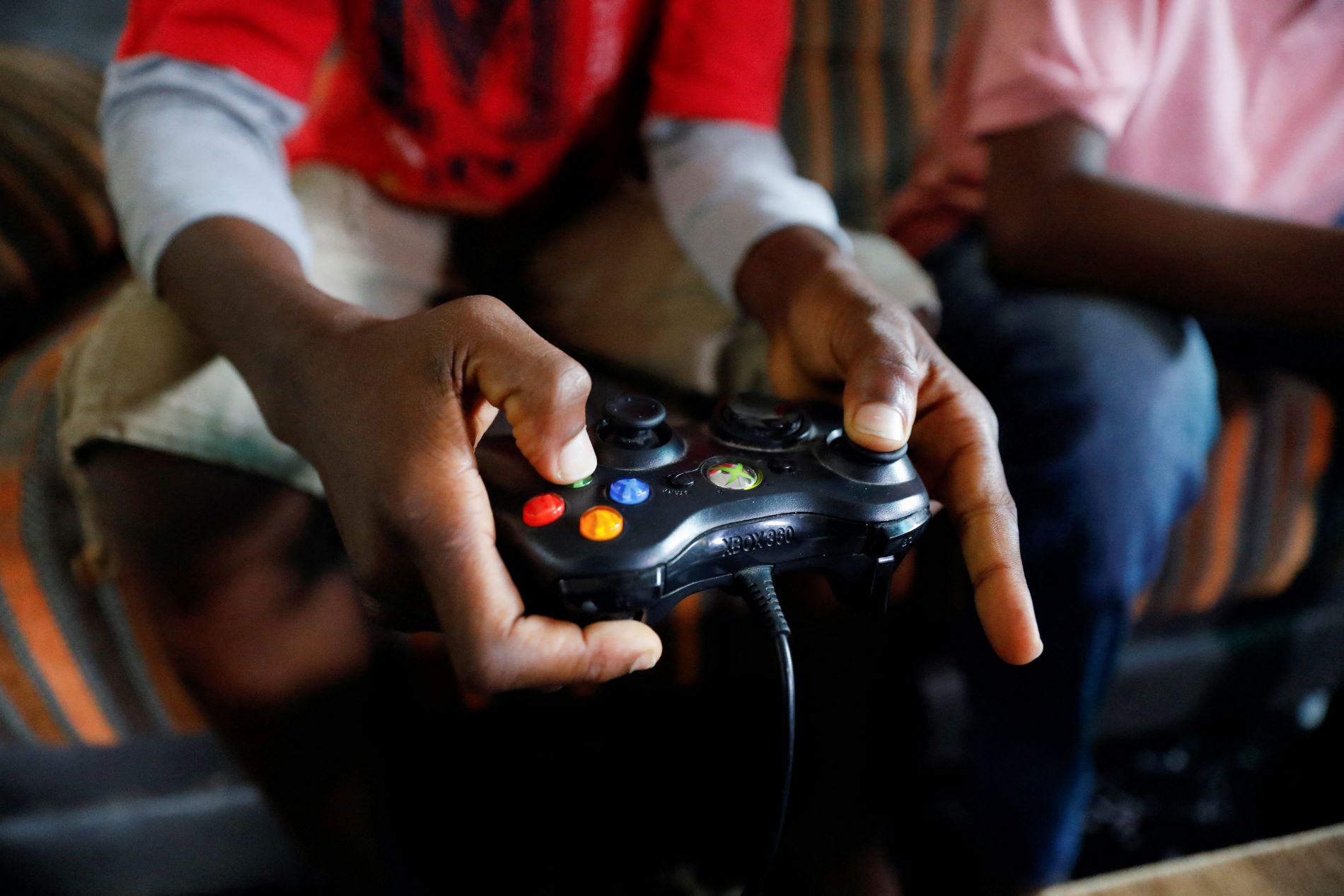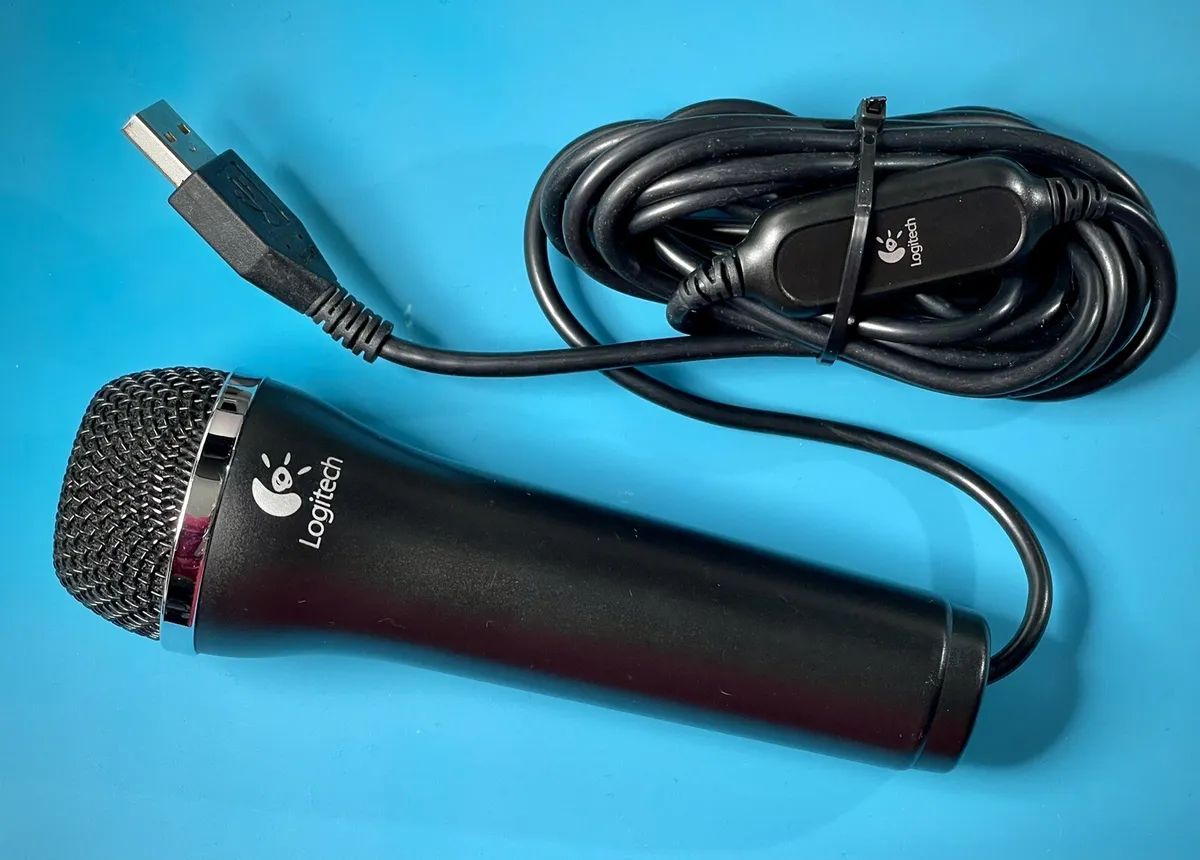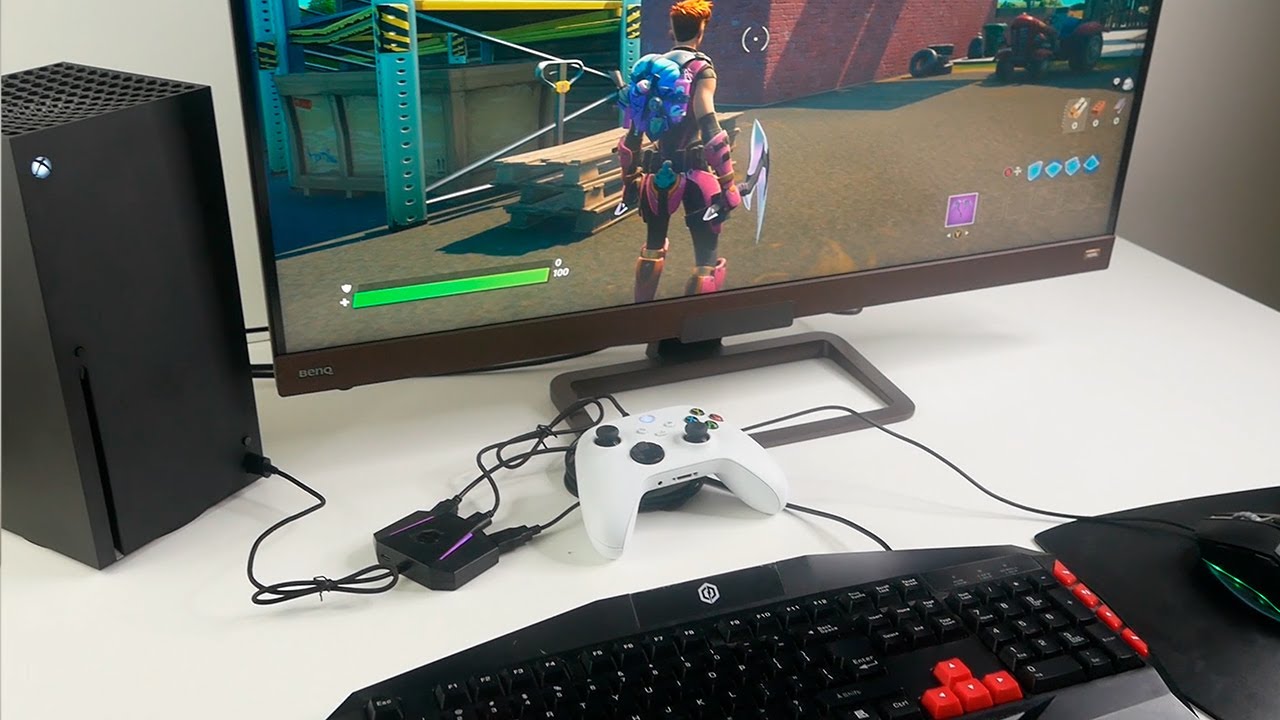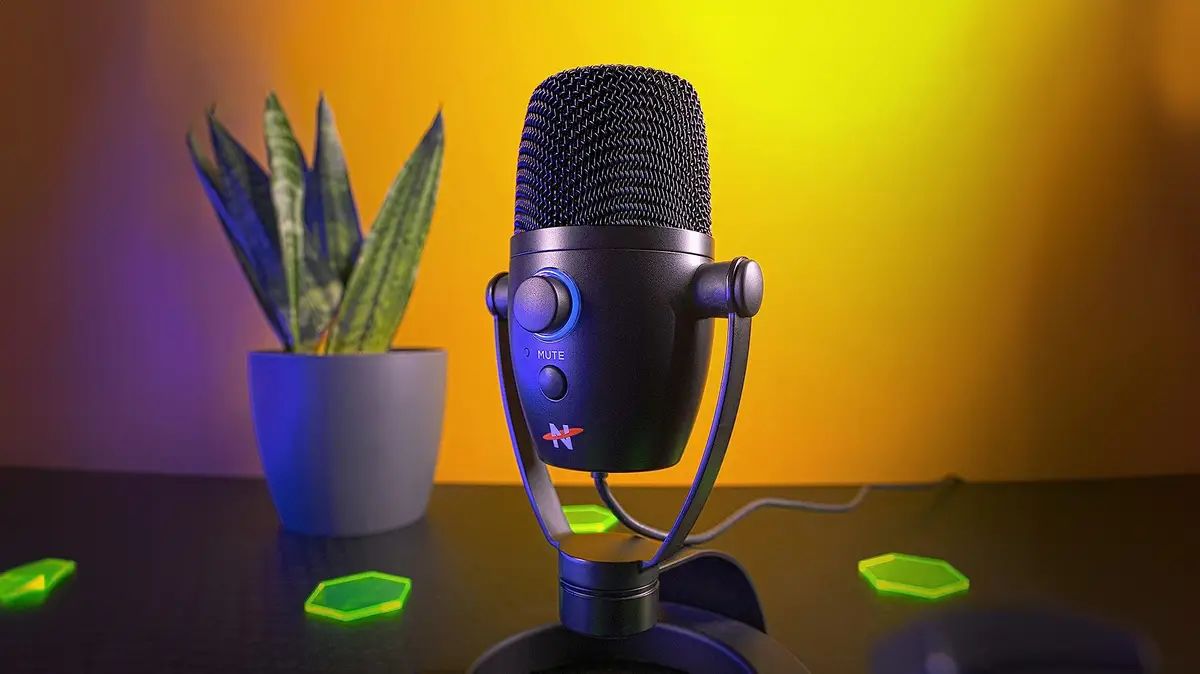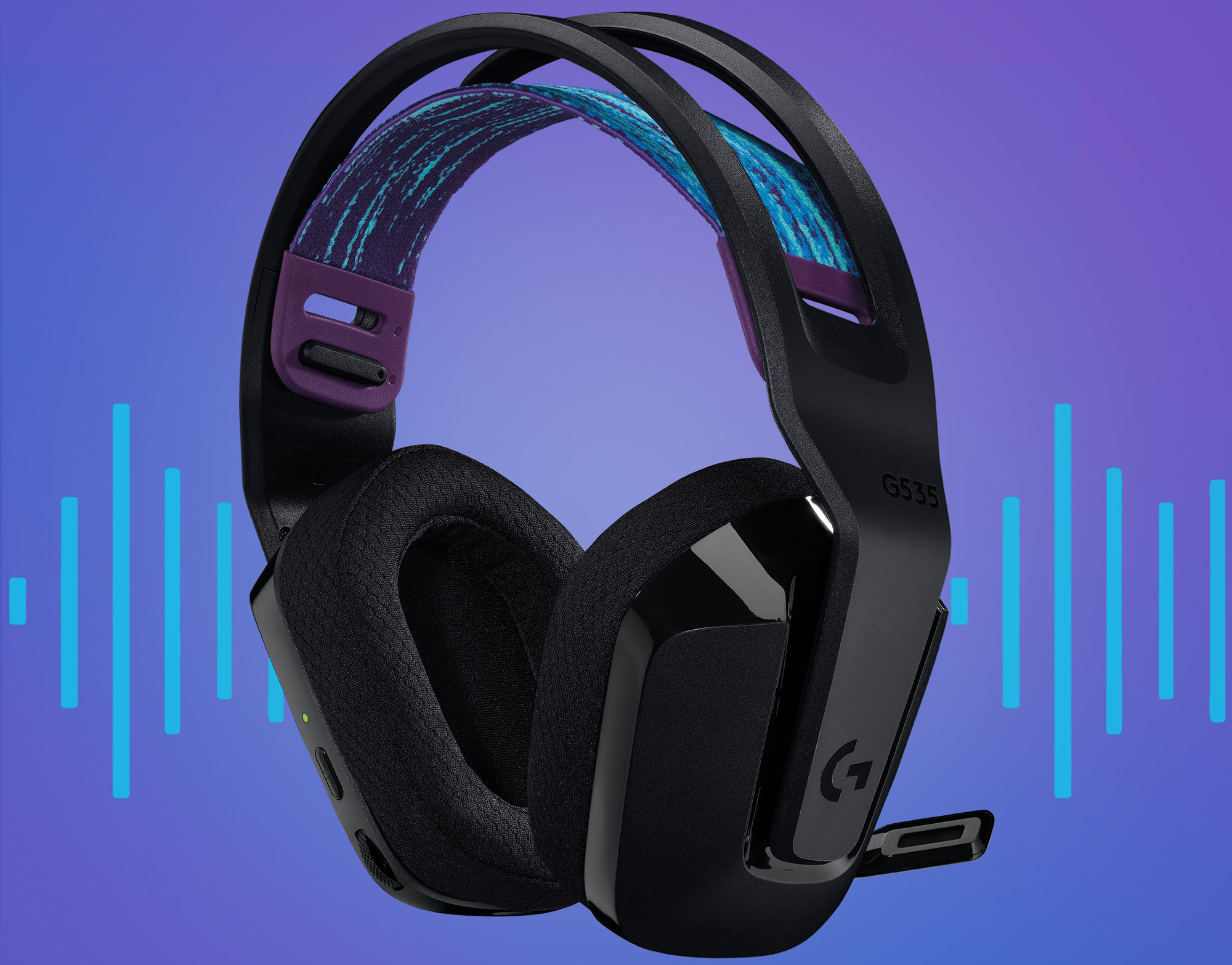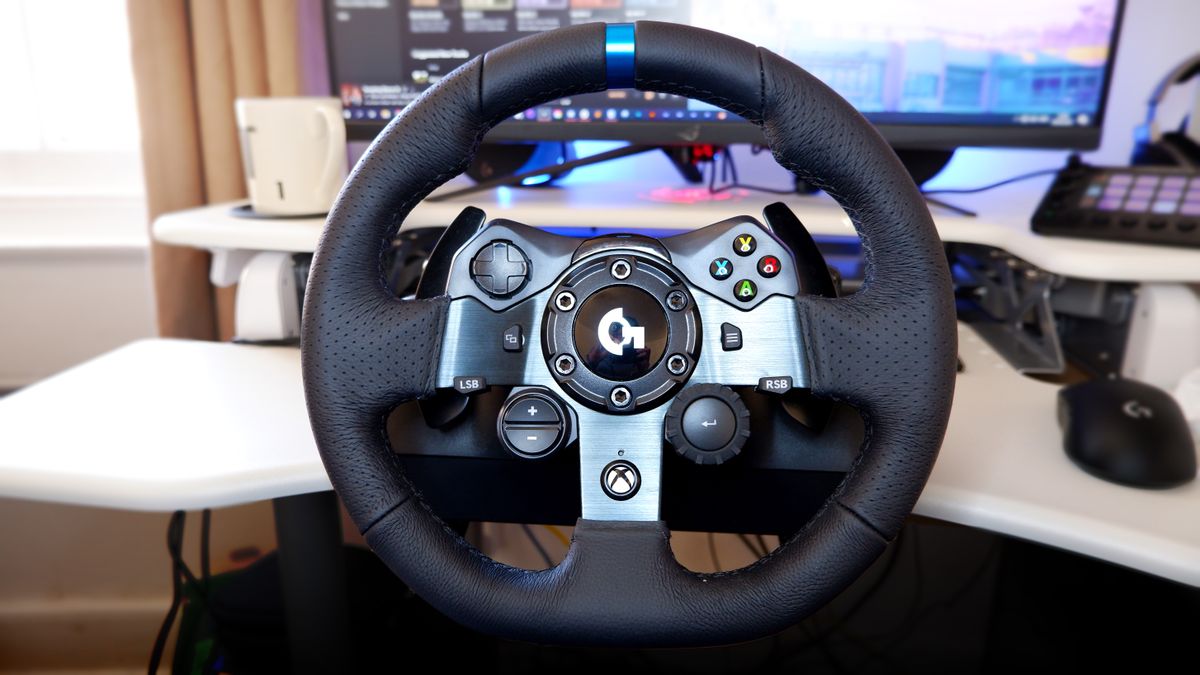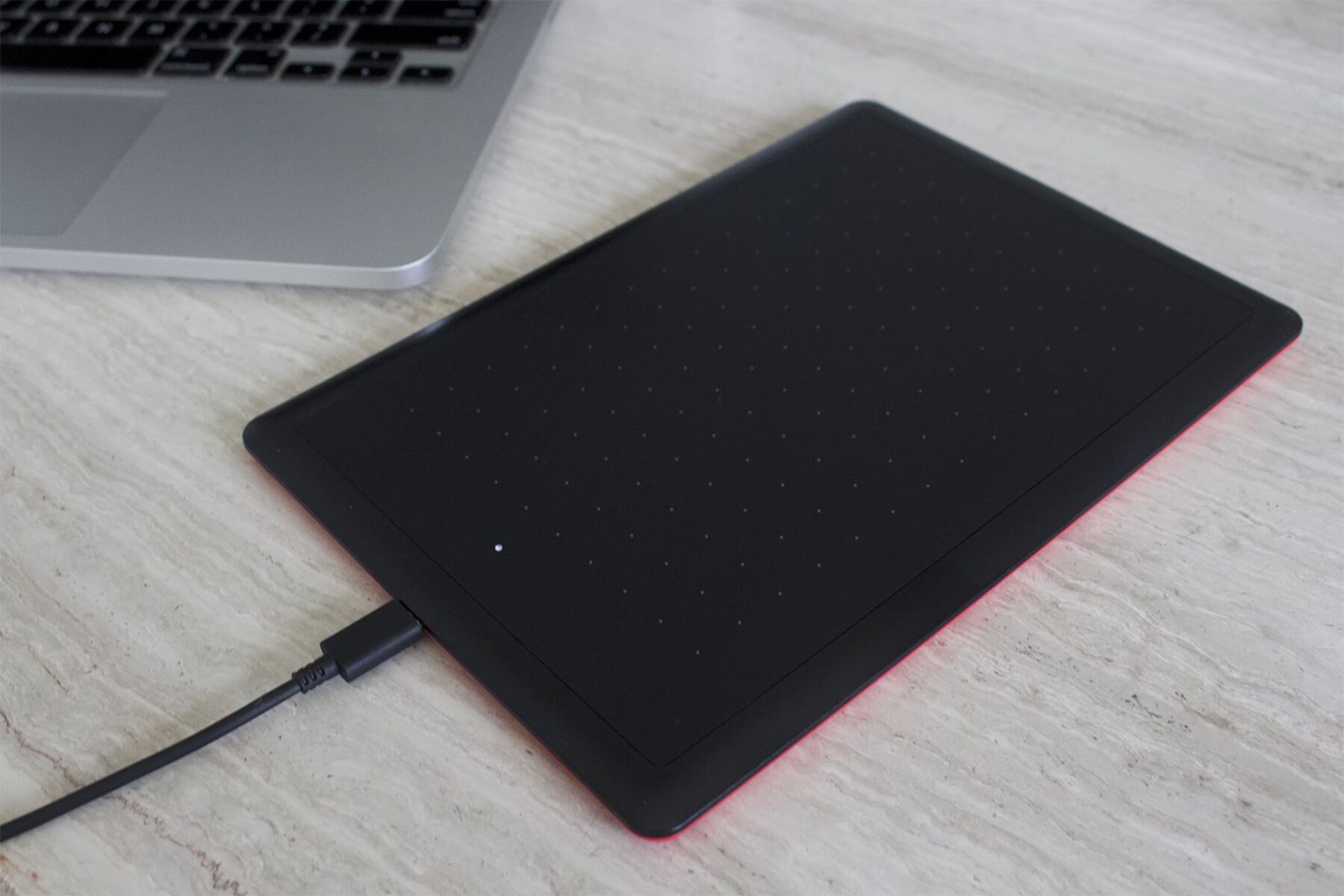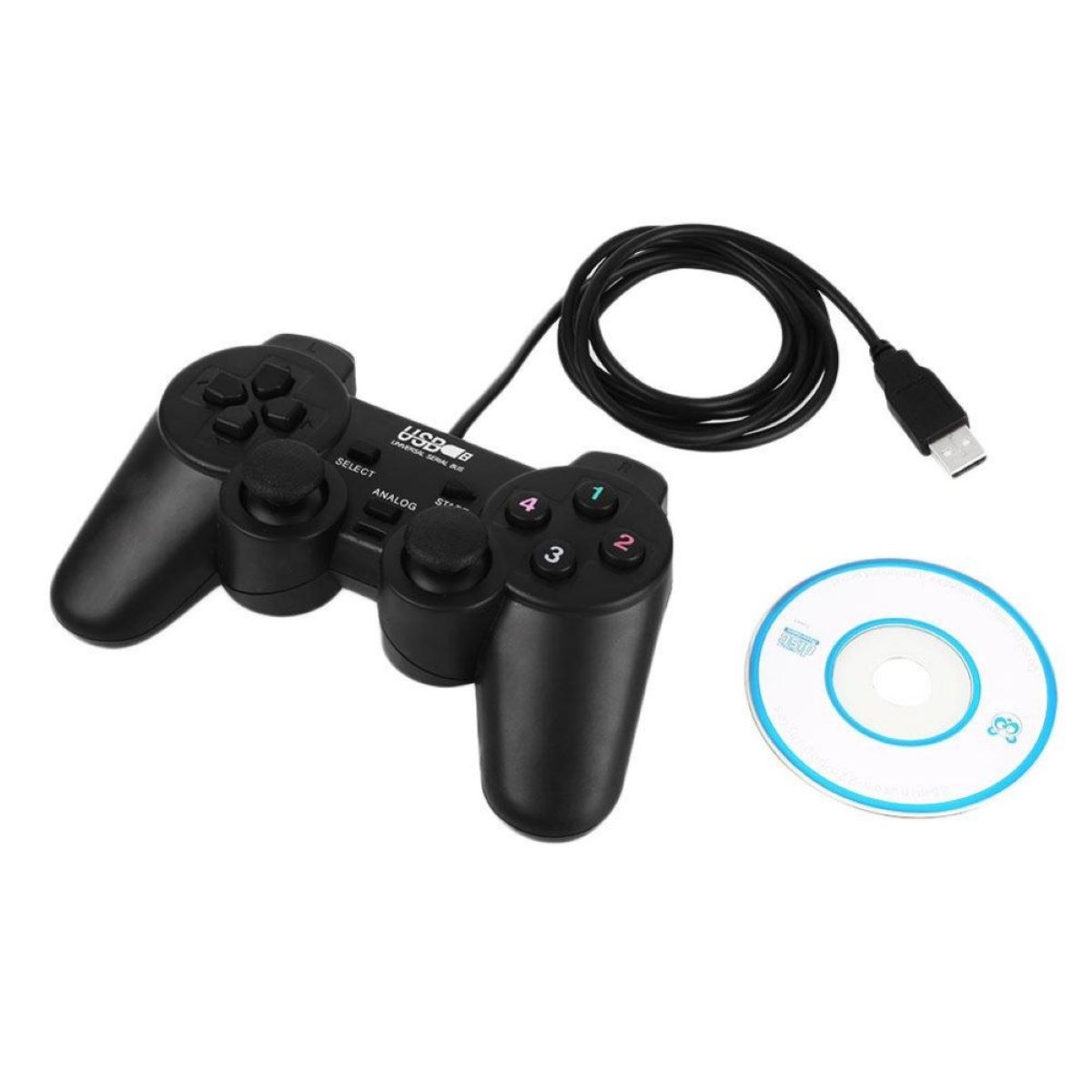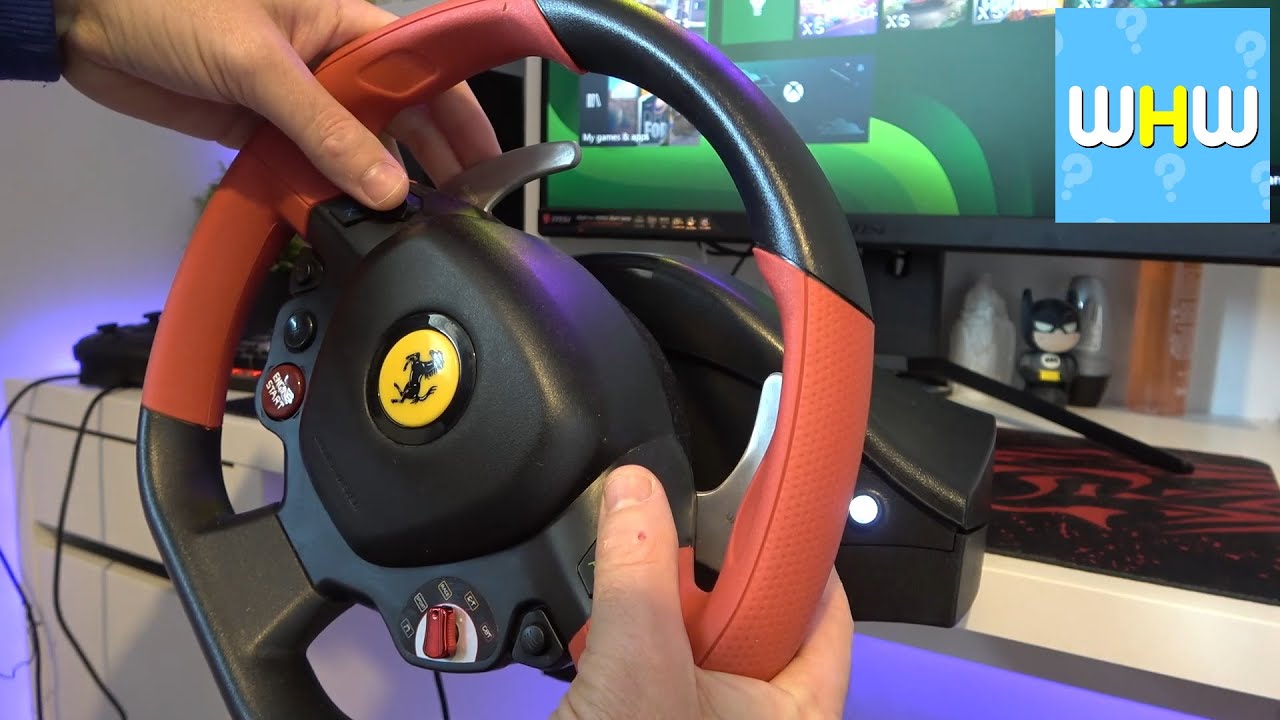Introduction
Are you an avid gamer looking to fine-tune your gaming experience by increasing the sensitivity of your USB game controller? Whether you're a seasoned gamer or just starting out, understanding and adjusting sensitivity settings can significantly impact your gameplay. By customizing the sensitivity of your USB game controller, you can achieve more precise and responsive control, ultimately enhancing your gaming performance.
In this comprehensive guide, we'll delve into the intricacies of sensitivity settings for USB game controllers. From understanding the concept of sensitivity to adjusting settings in Windows and calibrating sensitivity within game settings, we'll cover everything you need to know to optimize your gaming experience. Additionally, we'll explore the use of third-party software for advanced sensitivity control, providing you with a holistic understanding of the options available to tailor your USB game controller's sensitivity to your preferences.
Whether you're aiming for pinpoint accuracy in first-person shooters or seeking smoother control in racing games, mastering sensitivity settings can elevate your gaming prowess to new heights. So, let's embark on this enlightening journey into the realm of USB game controller sensitivity and unlock the full potential of your gaming experience.
Understanding Sensitivity in USB Game Controllers
Before delving into the intricacies of adjusting sensitivity settings, it’s essential to grasp the concept of sensitivity in the context of USB game controllers. Sensitivity, in this context, refers to the responsiveness and precision of the controller’s input detection. A higher sensitivity setting results in more immediate and pronounced in-game movements in response to physical controller inputs, while lower sensitivity yields more gradual and subtle movements.
USB game controller sensitivity is often measured in terms of dots per inch (DPI) or sensitivity levels, which determine how the controller interprets physical movements into on-screen actions. Understanding sensitivity levels is crucial, as it directly affects how quickly and accurately your in-game actions are translated from controller inputs.
Furthermore, sensitivity settings can vary based on the genre of the game being played. For instance, in fast-paced first-person shooter (FPS) games, higher sensitivity may be preferred to swiftly track and aim at targets, whereas in precision-demanding strategy or simulation games, lower sensitivity might be favored for fine-tuned control.
It’s important to note that sensitivity preferences are highly subjective and can vary from one gamer to another. Some players may prefer a higher sensitivity for rapid movements, while others may opt for lower sensitivity for enhanced precision and control. Understanding how sensitivity impacts your gameplay style is pivotal in customizing your USB game controller to suit your individual preferences and gaming needs.
By comprehending the nuances of sensitivity in USB game controllers, you’ll be better equipped to make informed adjustments that align with your gaming style and preferences. With this foundational understanding in place, let’s move on to exploring the practical steps for adjusting sensitivity settings in Windows to optimize your gaming experience.
Adjusting Sensitivity Settings in Windows
Windows provides a user-friendly interface for adjusting sensitivity settings for USB game controllers, allowing you to fine-tune the responsiveness of your controller to suit your gaming preferences. To begin customizing sensitivity settings, follow these steps:
- Accessing Control Panel: Navigate to the Control Panel on your Windows system. You can do this by searching for “Control Panel” in the Windows search bar or accessing it through the Start menu.
- Locating Devices and Printers: Within the Control Panel, select “Devices and Printers” to view a list of connected devices, including your USB game controller.
- Controller Properties: Right-click on your USB game controller icon and select “Game controller settings” from the context menu. This will open the controller’s properties window.
- Adjusting Sensitivity: In the controller’s properties window, navigate to the “Settings” tab and click on “Calibrate.” Follow the on-screen instructions to calibrate your controller and adjust sensitivity settings based on your preferences.
During the calibration process, you’ll have the opportunity to fine-tune sensitivity levels, dead zones, and other parameters that directly impact the responsiveness of your USB game controller. By carefully adjusting these settings, you can achieve a more tailored and optimized gaming experience, enhancing your control and precision in various gaming scenarios.
Once you’ve completed the calibration and sensitivity adjustments, ensure that the changes are saved and applied to your USB game controller. With the sensitivity settings optimized within Windows, you’ll notice a tangible difference in the responsiveness and accuracy of your controller’s inputs during gameplay.
Customizing sensitivity settings in Windows empowers you to adapt your USB game controller to your specific gaming style, providing a more personalized and immersive gaming experience. With the foundational knowledge of sensitivity settings in Windows established, let’s proceed to explore the next crucial aspect of optimizing sensitivity: calibrating sensitivity within game settings.
Calibrating Sensitivity in Game Settings
Once you’ve adjusted sensitivity settings in Windows, the next step is to fine-tune sensitivity within the game settings themselves. Many modern games offer built-in options to customize controller sensitivity, allowing you to tailor the responsiveness of your USB game controller to the specific demands of each game.
When launching a game, navigate to the settings or options menu, where you’re likely to find a dedicated section for controller or input settings. Within this menu, look for options related to sensitivity, often labeled as “controller sensitivity,” “look sensitivity,” or “camera sensitivity,” depending on the game’s genre and control scheme.
When calibrating sensitivity in game settings, you’ll typically encounter the following adjustable parameters:
- Sensitivity Level: This setting determines the overall responsiveness of your controller’s movements within the game. Higher sensitivity levels result in faster and more immediate in-game actions, while lower sensitivity levels yield slower and more deliberate movements.
- Horizontal and Vertical Sensitivity: Some games provide separate sensitivity adjustments for horizontal (left-right) and vertical (up-down) movements, allowing you to fine-tune each axis independently for precise control.
- Acceleration and Dead Zones: Advanced sensitivity settings may include options for acceleration, which affects the rate of movement based on input intensity, and dead zones, which define the minimal input required to initiate movement.
By meticulously calibrating sensitivity settings within the game, you can ensure that your USB game controller’s responsiveness aligns seamlessly with your preferences and playstyle. Whether you’re aiming for swift camera movements in action-packed environments or precise aiming in tactical scenarios, customizing sensitivity within game settings empowers you to optimize your control and enhance your overall gaming experience.
It’s important to note that sensitivity preferences may vary from game to game, depending on the specific mechanics and pacing of each title. Experimenting with sensitivity settings and fine-tuning them to suit the unique demands of each game can significantly impact your performance and enjoyment, providing a more tailored and immersive gaming experience.
With sensitivity settings calibrated within both Windows and individual game settings, you’ve laid the foundation for a more responsive and personalized gaming experience. However, for those seeking advanced customization and granular control over sensitivity, exploring the use of third-party software can offer additional options for optimizing USB game controller sensitivity.
Using Third-Party Software for Advanced Sensitivity Control
For gamers seeking an extra level of customization and precision in controlling their USB game controllers, third-party software solutions offer advanced sensitivity control options beyond the native settings provided by Windows and individual games. These software tools provide a wealth of features and customization options, allowing you to fine-tune sensitivity with unparalleled granularity.
One popular category of third-party software for advanced sensitivity control is dedicated controller customization applications. These programs are designed to work in tandem with a wide range of USB game controllers, offering extensive options for adjusting sensitivity, dead zones, button mapping, and more. By utilizing such software, you can achieve a highly tailored and optimized gaming experience that aligns precisely with your preferences and playstyle.
Additionally, some third-party software solutions provide macro functionality, allowing you to create and assign complex sequences of inputs to specific controller actions. This can be particularly advantageous in games that require intricate or repetitive actions, as you can streamline and optimize your controller inputs for maximum efficiency and effectiveness.
Furthermore, certain third-party applications offer the ability to create and save multiple sensitivity profiles, enabling you to switch between custom configurations seamlessly based on the game you’re playing or the specific gameplay scenarios you encounter. This level of flexibility and adaptability empowers you to maintain optimal control and responsiveness across diverse gaming experiences.
It’s important to note that when utilizing third-party software for advanced sensitivity control, it’s advisable to research and select reputable and well-established solutions to ensure compatibility, reliability, and security. By leveraging trusted third-party applications, you can unlock the full potential of your USB game controller, harnessing precise and personalized sensitivity control to elevate your gaming performance and enjoyment.
With the availability of third-party software for advanced sensitivity control, gamers have access to a comprehensive suite of tools to fine-tune their USB game controllers with unparalleled precision and customization. By exploring these advanced options, you can tailor your gaming experience to an unprecedented degree, achieving a level of control and responsiveness that enhances your immersion and enjoyment across a wide range of gaming genres and scenarios.
Conclusion
Embarking on the journey to increase sensitivity on a USB game controller has provided valuable insights into the pivotal role of sensitivity settings in shaping the gaming experience. By understanding the nuances of sensitivity and mastering the art of customization, gamers can elevate their control, precision, and overall enjoyment across a diverse array of gaming genres and scenarios.
From the foundational understanding of sensitivity in USB game controllers to the practical steps of adjusting sensitivity settings in Windows and calibrating sensitivity within game settings, this guide has equipped gamers with the knowledge and tools to optimize their gaming experience. By delving into the realm of third-party software for advanced sensitivity control, gamers can further refine their control and responsiveness, unlocking new levels of customization and precision.
Ultimately, the quest to increase sensitivity on a USB game controller transcends mere technical adjustments; it embodies the pursuit of a more immersive, tailored, and engaging gaming experience. Each adjustment made to sensitivity settings reflects the desire for heightened control, enhanced precision, and a deeper connection with the virtual worlds we inhabit through gaming.
As technology continues to evolve and gaming experiences become increasingly sophisticated, the ability to customize sensitivity settings stands as a testament to the empowerment of gamers to shape their own interactive narratives. Through the artful calibration of sensitivity, gamers can transcend the boundaries of traditional control schemes, forging a more intuitive and responsive connection between their physical inputs and virtual actions.
In conclusion, the journey to increase sensitivity on a USB game controller is a testament to the enduring pursuit of mastery and personalization in gaming. By leveraging the knowledge and tools presented in this guide, gamers can embark on a dynamic and transformative exploration of sensitivity customization, unlocking new dimensions of control, precision, and immersion in their gaming endeavors.







